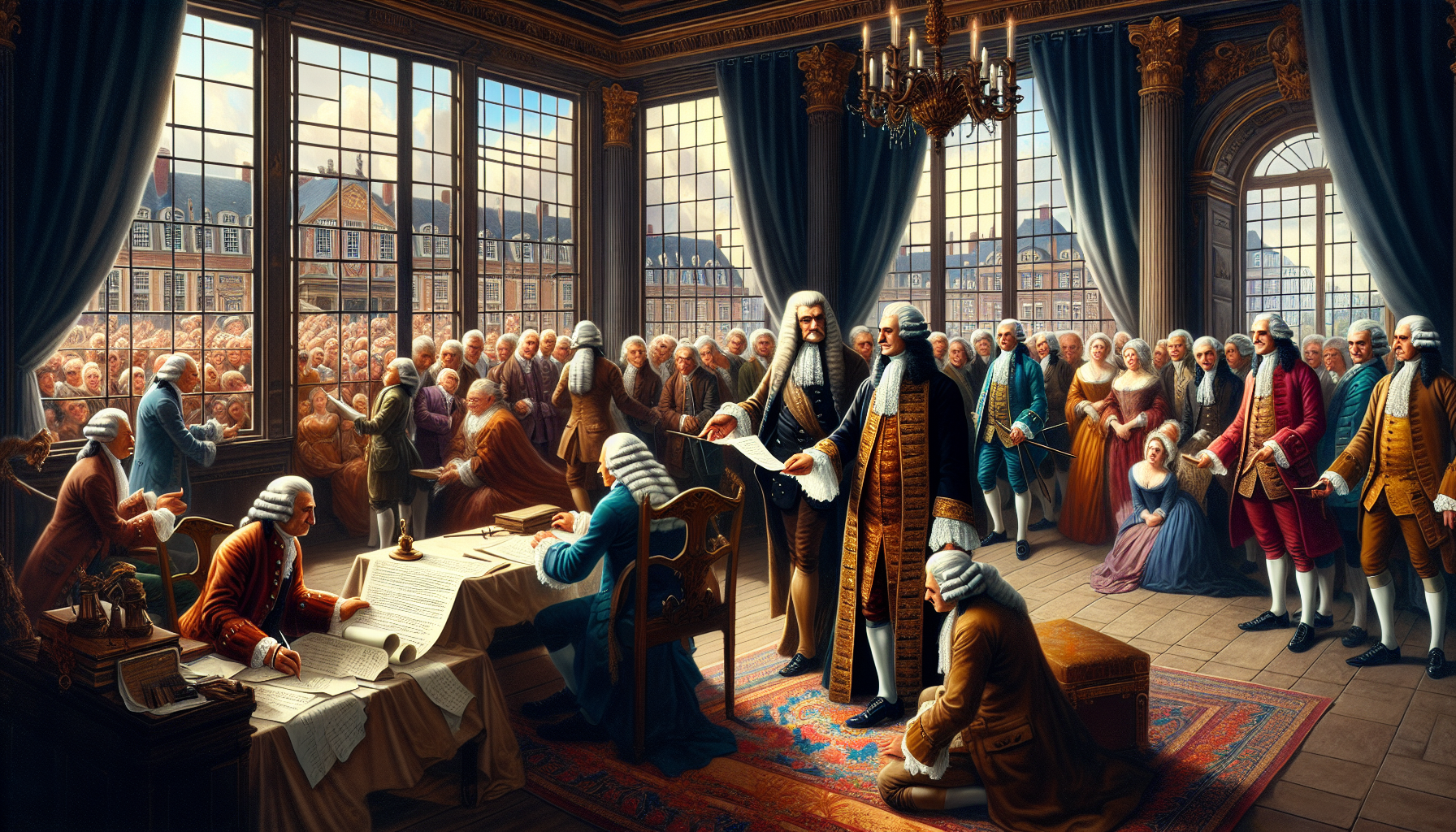
Imagine being taxed for the windows in your house! In 1696, King William III of England introduced the Window Tax to fund his wars against France, and it turned into one of history’s oddest revenue schemes. The idea was simple: the more windows your house had, the more you paid. A house with up to 10 windows paid 2 shillings, while those with 20 or more paid 8 shillings—a hefty sum back then. The tax was meant to target the wealthy, since bigger homes with more windows belonged to richer folks, but it quickly backfired in the funniest way.
People started bricking up their windows to avoid the tax! Homeowners would seal windows with bricks or boards, leaving just enough for light but dodging the higher rates. Some even painted fake windows on their walls to keep the house looking nice without paying extra. Landlords raised rents to cover the tax, which hit poor tenants the hardest, and new buildings were designed with fewer windows, leading to dark, stuffy homes. The tax became so unpopular that people called it “daylight robbery,” a phrase we still use today. By 1851, after 155 years of complaints, the Window Tax was finally repealed and replaced with a property tax.
This quirky law left its mark—some old buildings in England still have bricked-up windows as a reminder of the tax-dodging days. It’s a hilarious example of how far people will go to save a few coins, even if it means living in the dark! Next time you open your window, be glad you’re not paying for the privilege. Share this odd historical tidbit with your friends and come back for more bite-sized facts!

Leave a Reply